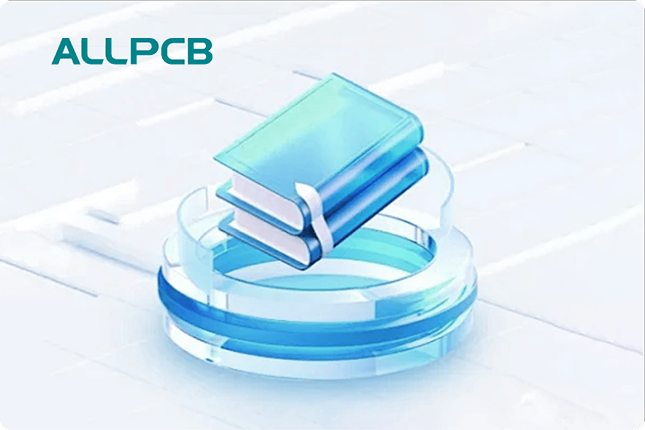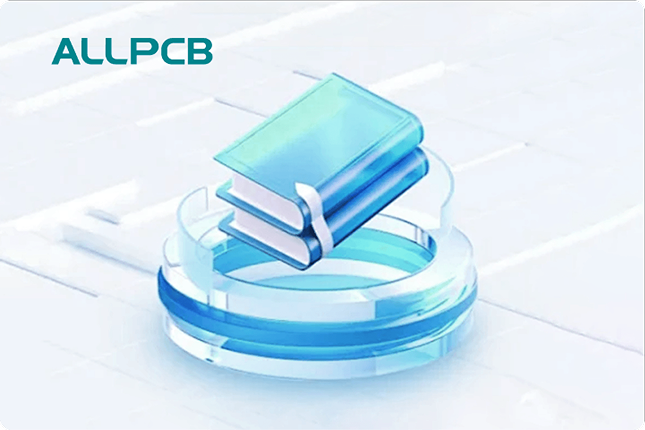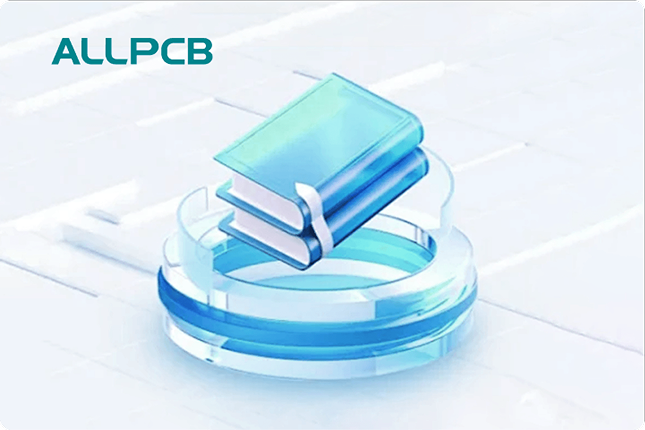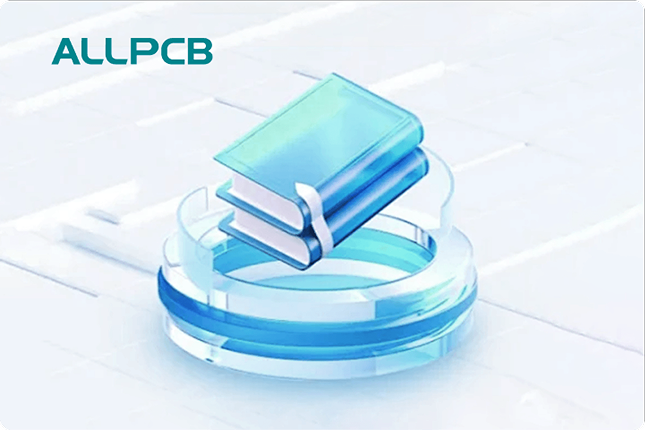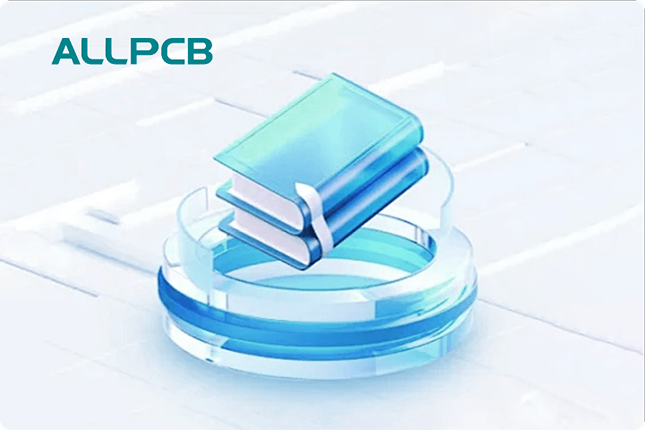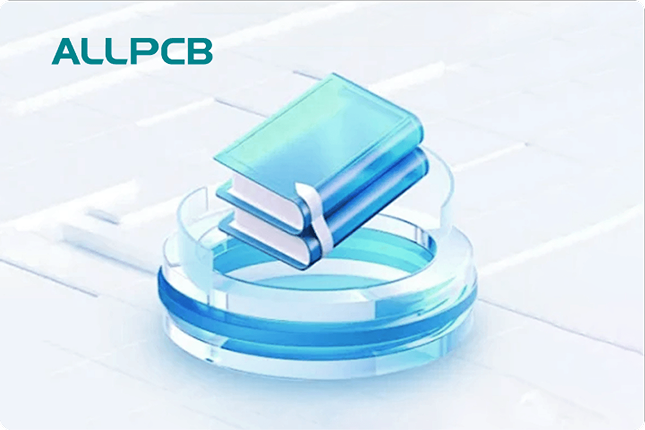When it comes to designing consumer electronics, one of the most critical decisions is selecting the right PCB (Printed Circuit Board) material. The choice of PCB material directly impacts performance, cost, durability, and reliability. Whether you're deciding between FR-4 vs aluminum PCB, exploring PCB substrate materials, or evaluating high-frequency PCB materials, understanding the properties and applications of each option is key to success. In this comprehensive guide, we'll break down the essentials of PCB material selection to help engineers and designers make informed choices for their projects.
Why PCB Material Selection is Crucial for Consumer Electronics
In consumer electronics, such as smartphones, laptops, wearables, and home appliances, PCBs must meet specific demands like compact size, heat dissipation, signal integrity, and cost-effectiveness. Choosing the wrong material can lead to issues like signal loss, overheating, or increased production costs. PCB material selection involves balancing factors like electrical performance, thermal management, mechanical strength, and budget constraints. Let's dive deeper into the world of PCB substrate materials and explore popular options for consumer electronics.
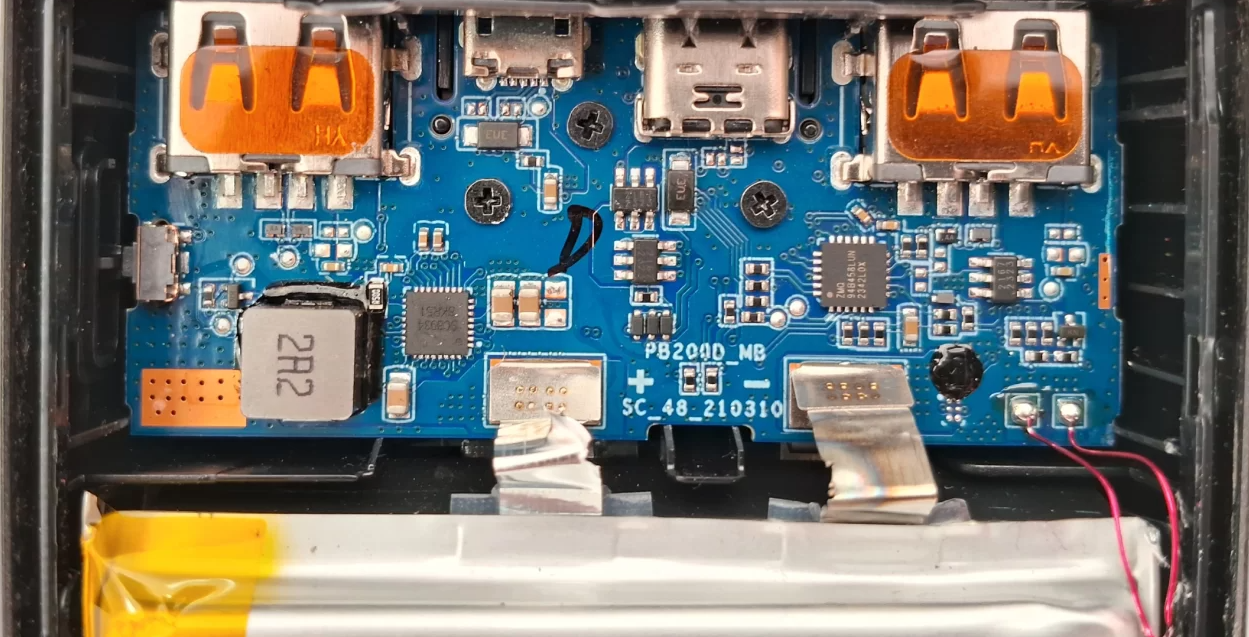
Understanding PCB Substrate Materials: The Foundation of Your Design
PCB substrate materials form the base layer of a circuit board, providing structural support and insulation between conductive layers. The substrate affects the board's electrical properties, thermal performance, and durability. For consumer electronics, the choice of substrate is often driven by the device's intended use, operating environment, and frequency requirements. Here are the key factors to consider when selecting a PCB substrate material:
- Dielectric Constant (Dk): This measures how much a material can store electrical energy. A lower Dk is better for high-frequency applications to minimize signal delay.
- Dissipation Factor (Df): This indicates signal loss in the material. Lower Df values are ideal for maintaining signal integrity in high-frequency PCB designs.
- Thermal Conductivity (TC): This measures how well a material conducts heat. High TC is crucial for heat dissipation in power-intensive devices.
- Coefficient of Thermal Expansion (CTE): This shows how much a material expands with heat. A lower CTE reduces the risk of cracking or warping during temperature changes.
With these factors in mind, let’s compare two of the most common PCB materials for consumer electronics: FR-4 and aluminum PCBs.
FR-4 vs Aluminum PCB: Which is Right for Your Project?
FR-4 and aluminum PCBs are widely used in consumer electronics, but they serve different purposes based on their unique properties. Let's break down the differences to help you decide which is best for your design.
FR-4 PCB: The Industry Standard
FR-4, short for Flame Retardant 4, is a composite material made of woven fiberglass cloth and epoxy resin. It’s the most common PCB substrate material due to its versatility, affordability, and reliable performance. Here are the key characteristics of FR-4:
- Dielectric Constant (Dk): Typically around 4.5 at 1 MHz, making it suitable for low to medium-frequency applications.
- Thermal Conductivity (TC): Low, around 0.3 W/m·K, which means it’s not ideal for high-heat dissipation needs.
- Cost: Economical, often costing less than $0.10 per square inch for standard boards.
- Applications: Used in smartphones, tablets, and other general-purpose electronics where cost and moderate performance are priorities.
Advantages of FR-4: It offers good mechanical strength, is easy to manufacture, and supports multi-layer designs for compact consumer electronics. It’s also flame-resistant, meeting safety standards for most devices.
Limitations of FR-4: Its low thermal conductivity makes it less suitable for high-power applications. Additionally, at frequencies above 1 GHz, signal loss becomes noticeable due to its higher dissipation factor (around 0.02).
Aluminum PCB: Superior Heat Dissipation
Aluminum PCBs, also known as Metal Core PCBs (MCPCBs), feature a metal base layer, typically aluminum, instead of the fiberglass in FR-4. This makes them excellent for heat management. Here’s what sets aluminum PCBs apart:
- Dielectric Constant (Dk): Varies based on the insulating layer, often higher than FR-4, making it less ideal for high-frequency designs.
- Thermal Conductivity (TC): High, around 1-2 W/m·K, allowing efficient heat dissipation.
- Cost: More expensive than FR-4, often ranging from $0.15 to $0.30 per square inch due to material and manufacturing complexity.
- Applications: Commonly used in LED lighting, power supplies, and automotive electronics within consumer products where heat management is critical.
Advantages of Aluminum PCB: Its high thermal conductivity prevents overheating in power-intensive devices. It’s also durable and lightweight, making it a good fit for portable electronics.
Limitations of Aluminum PCB: It’s generally limited to single-sided designs, which restricts its use in complex, multi-layer consumer electronics. Additionally, it’s not ideal for high-frequency applications due to potential signal interference from the metal core.

FR-4 vs Aluminum PCB: Head-to-Head Comparison
| Property | FR-4 PCB | Aluminum PCB |
|---|---|---|
| Thermal Conductivity | Low (0.3 W/m·K) | High (1-2 W/m·K) |
| Cost | Low ($0.10/in2) | Higher ($0.15-$0.30/in2) |
| Frequency Suitability | Low to Medium (up to 1 GHz) | Not Ideal for High Frequency |
| Applications | General Electronics (phones, tablets) | Heat-Intensive Devices (LEDs, power supplies) |
For most consumer electronics, FR-4 is the go-to choice due to its cost-effectiveness and versatility. However, if your design involves significant heat generation, like in LED displays or power converters, aluminum PCB is the better option.
High-Frequency PCB Materials: Meeting the Demands of Modern Electronics
As consumer electronics evolve, devices like 5G smartphones, Wi-Fi routers, and IoT gadgets require PCBs that handle high-frequency signals without loss. Standard materials like FR-4 often fall short in these scenarios due to higher signal attenuation. This is where specialized high-frequency PCB materials come into play.
What Makes a Material Suitable for High Frequency?
High-frequency PCB materials are designed to minimize signal loss and maintain integrity at frequencies above 1 GHz. Key properties include:
- Low Dielectric Constant (Dk): Typically below 3.5 to reduce signal delay. For example, some high-frequency materials have a Dk as low as 2.2.
- Low Dissipation Factor (Df): Often below 0.005 to prevent signal loss. This is critical for maintaining clarity in data transmission.
- Stable Performance: These materials must maintain consistent electrical properties across a range of frequencies and temperatures.
Popular High-Frequency PCB Materials
For consumer electronics operating at high frequencies, materials like PTFE (Polytetrafluoroethylene) and specialized laminates are often used. These materials offer superior performance compared to FR-4, though at a higher cost. For instance:
- PTFE-based materials can handle frequencies up to 10 GHz with minimal signal loss, making them ideal for 5G antennas and radar systems in consumer devices.
- Specialized laminates with Dk values around 3.0 are often used in wireless communication modules, ensuring signal speeds remain unaffected.
Applications in Consumer Electronics: High-frequency materials are essential for devices requiring fast data transfer, such as modern smartphones supporting 5G networks or high-speed Wi-Fi modules. However, their cost—often 2 to 5 times higher than FR-4—means they’re reserved for specific components rather than entire boards in most consumer products.
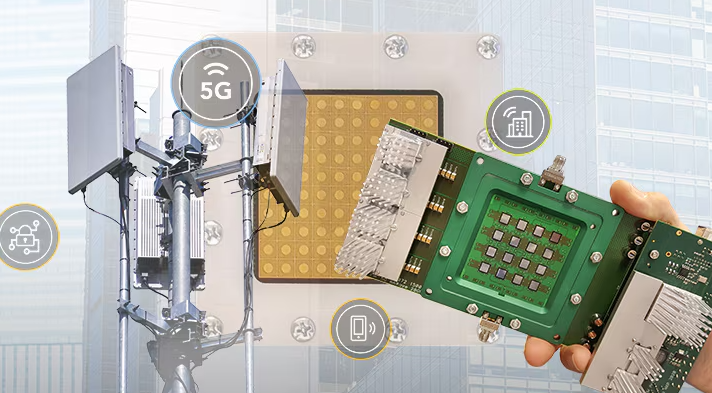
Key Considerations for PCB Material Selection in Consumer Electronics
Choosing the right PCB material involves evaluating multiple factors beyond just electrical and thermal properties. Here are some practical tips to guide your decision-making process:
- Understand Your Device’s Requirements: Determine the operating frequency, power needs, and environmental conditions. For example, a wearable device may prioritize lightweight FR-4, while a high-power charger may need aluminum for heat management.
- Balance Performance and Cost: High-frequency materials offer excellent signal integrity but can significantly increase costs. Use them only where necessary, such as in critical signal paths.
- Consider Manufacturing Constraints: Some materials, like aluminum, limit design flexibility (e.g., single-sided boards). Ensure your chosen material aligns with your manufacturing capabilities.
- Plan for Scalability: If you’re designing for mass production, opt for materials like FR-4 that are widely available and cost-effective for large-scale runs.
- Test for Reliability: Before finalizing a material, prototype and test your PCB under real-world conditions to ensure it meets performance and durability expectations.
Emerging Trends in PCB Materials for Consumer Electronics
The consumer electronics industry is constantly evolving, and so are the materials used in PCB design. Here are a few trends to watch:
- Flexible and Rigid-Flex Materials: As devices become smaller and more portable, flexible substrates are gaining popularity for wearables and foldable devices. These materials combine durability with adaptability.
- Eco-Friendly Options: With growing emphasis on sustainability, manufacturers are exploring halogen-free and recyclable PCB materials to reduce environmental impact.
- Advanced Composites: New composite materials are being developed to offer the benefits of both FR-4 and high-frequency laminates at a lower cost, bridging the gap for mid-range consumer electronics.
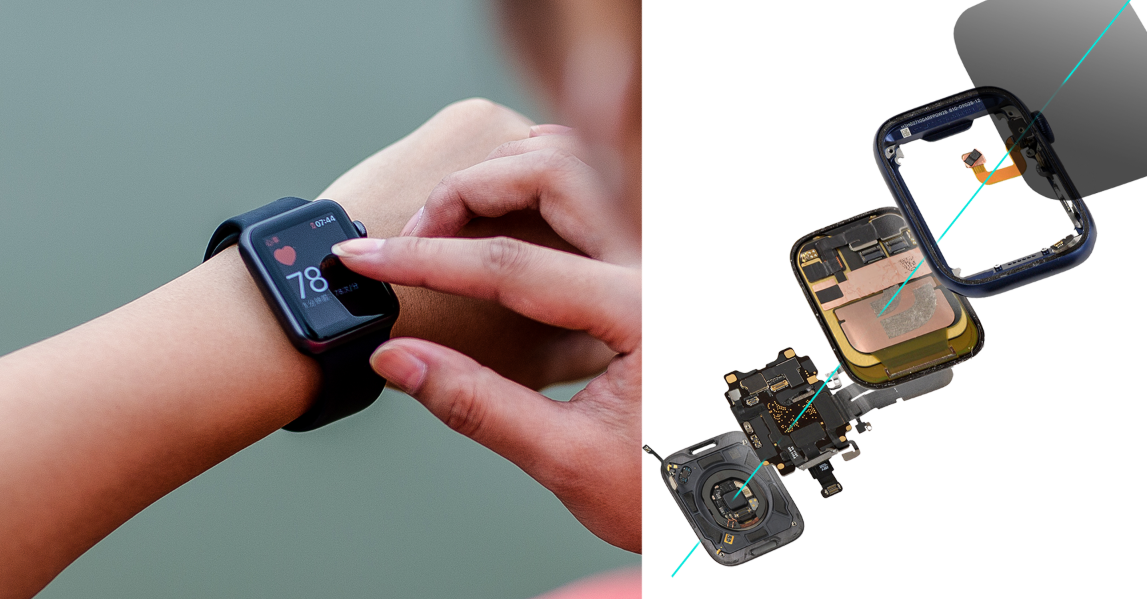
Conclusion: Making the Right Choice for Your PCB Design
Selecting the right PCB material for consumer electronics is a balancing act between performance, cost, and design requirements. FR-4 remains the go-to choice for most general-purpose applications due to its affordability and versatility. However, for heat-intensive designs, aluminum PCBs offer unmatched thermal management. For cutting-edge devices operating at high frequencies, specialized high-frequency PCB materials ensure signal integrity, though at a premium price.
By understanding the unique properties of different PCB substrate materials and aligning them with your project’s needs, you can optimize both functionality and cost-efficiency. Whether you’re designing a budget-friendly gadget or a high-performance device, the material you choose lays the foundation for success. Take the time to evaluate your options, test prototypes, and stay updated on emerging materials to keep your designs competitive in the fast-paced world of consumer electronics.
 ALLPCB
ALLPCB


